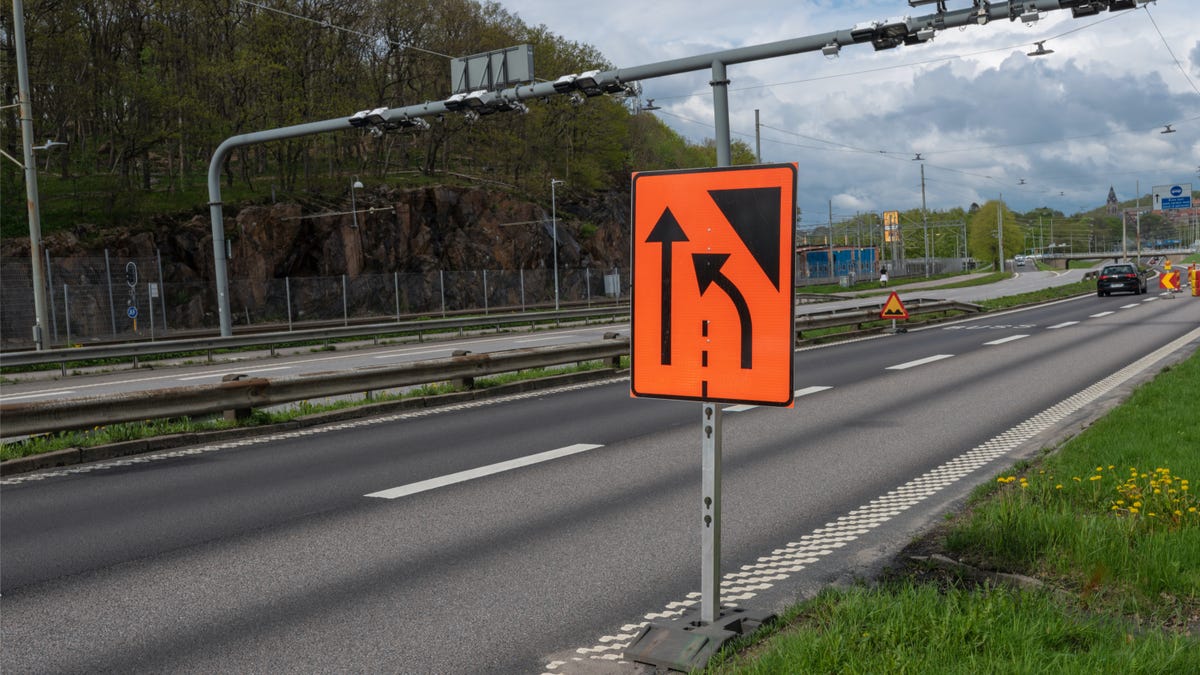Merge Properly, You Jerks
When you’re driving down the road, and see that your lane will be closed ahead, what do you do? If you change lanes early, believing that you are doing the right and good thing and that anybody who drives...


When you’re driving down the road, and see that your lane will be closed ahead, what do you do? If you change lanes early, believing that you are doing the right and good thing and that anybody who drives right up to the merge point is cheating—you, my friend, are the asshole.
Traffic experts call the proper way to merge a “zipper merge,” but you may remember it from preschool as the simple concept of “taking turns.” Here is a video demonstration:
Think of it like hoarding. Remember how we hated those jerks who supposedly bought up all the toilet paper in March 2020? If they had just bought their fair share of toilet paper, nobody would have needed to hoard. But once they did, other people felt forced to buy extra TP when they could find it, making the problem worse.
The same thing happens when people don’t respect merge points. If you change lanes early, and then don’t let anybody in front of you, you’re turning what was supposed to be a two-lane road, with room for everybody, into a one-lane road that is already clogged up even though you’re nowhere near the merge point yet. If the road safety crew had wanted the merge point to be a mile back, they would have put it there.
Why merging too early is a problem
Here’s a great example, from an intersection near me. A two-lane commercial road had some construction that closed a lane of traffic. The merge point was just far enough away from a light that everybody who made a left turn onto that road while their light was green could fit in the two lanes and wait their turn.
But nobody did that. Drivers were able to see before their turn that the lane was closed, so everybody tried to get into the open lane even before the turn. The result was two lanes’ worth of cars in one lane, in the intersection. The light would turn red when only half of them had gotten through, often leaving several cars stuck in the middle of the road with nowhere to go. Then traffic was blocked for the people going straight through, causing traffic jams up and down the main road in both directions.
The zone was under construction for weeks, maybe months—I don’t recall exactly—and it got worse before it got better. People who drove through the area started making sure to get in their lane extra early, making the proper zipper merge a rare occurrence. The construction crew responded by putting up signs that said USE BOTH LANES TO MERGE POINT, and occasionally drivers did. Traffic moved better and the main road wasn’t blocked as often, but some of the people who changed lanes too early continued to yell at the people who were just following the sign.
How to be part of the solution
It’s a problem that spirals: If you know other drivers will hoard space in the free lane and won’t let you in, you might be hesitant to merge properly for fear of being blocked or yelled at by the hoarders. And people definitely get some road rage about this; one time (different road, same part of town), I saw someone in the open lane ride the line between lanes so nobody could get around him and zipper merge properly. I was stuck behind that person, in the lane that was closed up ahead, just baffled at how somebody’s misplaced sense of propriety could make them mess up a situation so badly. I tried to beam my thoughts to the driver: You can use this lane, too. See how there’s no traffic in it for the next quarter mile? Drive it with me!
Traffic authorities agree that taking turns at the merge point is safer and more efficient. The Minnesota DOT, for example, states that zipper merging reduces traffic backup by 40% and equalizes the speed between lanes so that people who do change lanes can do so more safely. Illinois, citing similar reasons, has made zipper merging the law.
So don’t be an asshole, okay? If traffic is light, you can merge whenever you want. But if there are plenty of cars in both lanes, stay in your lane until the actual merge point. And if you’re in the open lane when you get to the merge point, let one person in front of you. Take turns. Just like in kindergarten.

 BigThink
BigThink 































